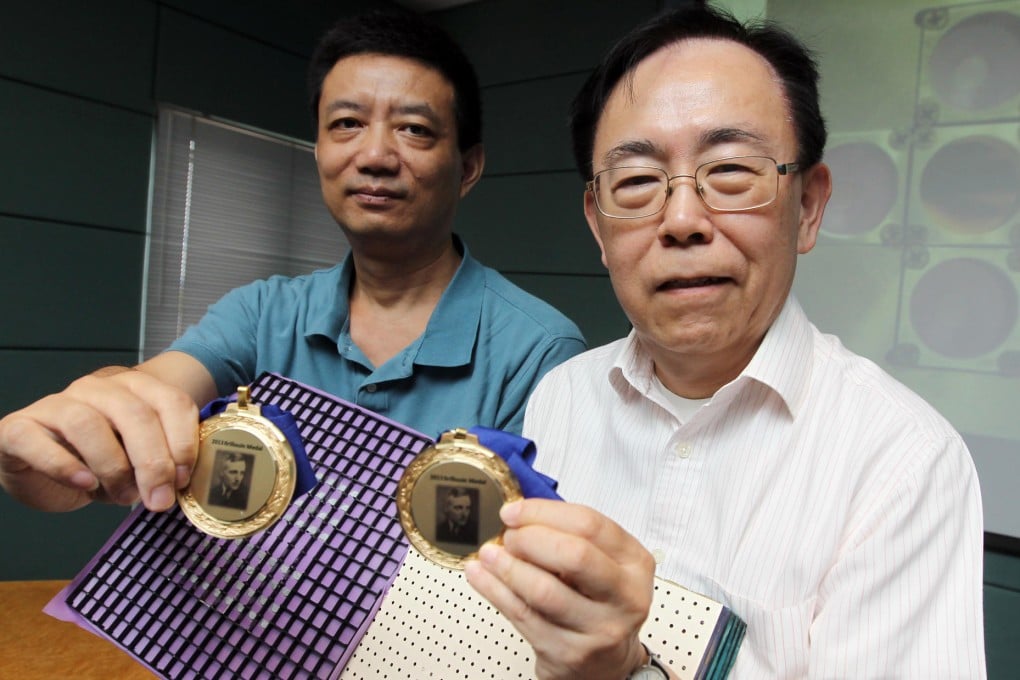HKUST professors win prize for noise-reducing material
Prizewinning HKUST trio's elastic material is first in the world to block low-frequency noise

Three Hong Kong University of Science and Technology professors won an international award for creating an elastic material that absorbs low-frequency sound and may help ease noise pollution.
The HKUST trio developed a thin-film acoustic material that was said to be a breakthrough in reducing noise of a frequency less than 500 hertz. Apart from noise, the material holds potential for alleviating building damage caused by earthquakes.
"We have not realised anything close to that," said Professor Sheng Ping, one of the winners. "But based on similar principles of physics, if we can design heavy-duty materials with bigger units, we may be able to absorb part of the energy produced in an earthquake."
Last year, the Environmental Protection Department received more than 15,000 complaints about noise in urban districts.
Laws of physics state that the lower the sound frequency, the thicker a wall has to be to block it. It is hard for traditional construction materials to absorb or deflect sounds under 500 hertz.
A flat in Causeway Bay, for example, needs an 80cm brick wall to reduce noise from outside to 40 decibels, the target set by European Union guidelines on night noise. By comparison, a car running at 60 km/h seven metres away measures 70dB; and at 120dB, we start to feel pain.